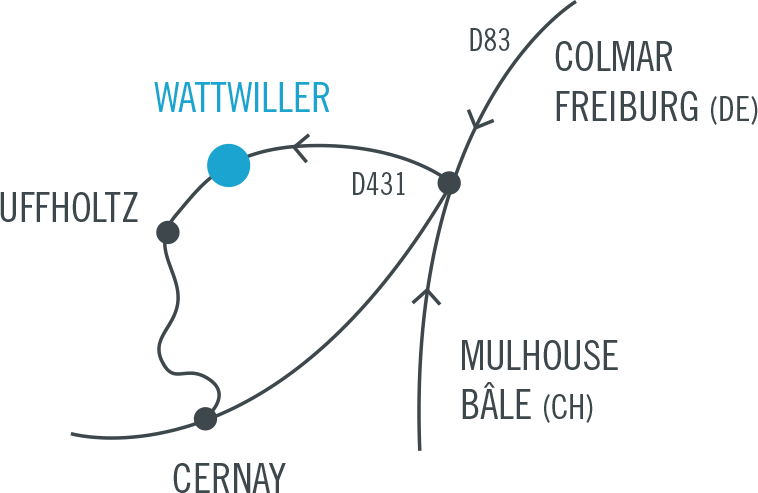I did this work during my residency at the Friesland Kunstlerhaus in Hamburg between February and March 2014. On the beaches of the Elbe I had noticed the pebbles in terra cotta. From this observation I wondered about the origin of these pebbles, I searched for their history.
The Elbe, a river with a behaviour similar to the sea, is governed by the tides. The coast covered with water at high tide does not let us guess the landscape of these depths. Low tide, on the other hand, exposes the rubble-covered bottom. The remains of a multitude of coastal houses, traditionally built in red brick and destroyed during the bombing of the Second World War, now lie here. Time and the work of the waves has changed their shape – they now resurface on the rounded, softened beaches like simple red pebbles.
I had started to collect these bricks, going to the Elbe riverside every day, following the tide’s schedule. I ended up with this piece, which I called Altstadt, from the German “old town” made up of the quantity of bricks of different sizes, which I managed to collect during the five weeks of my stay. A gradation of sizes from the largest to the smallest draws a red rectangle on the ground, which gradually becomes thinner and tends to disappear at the end where the bricks become as small as grains of sand.
